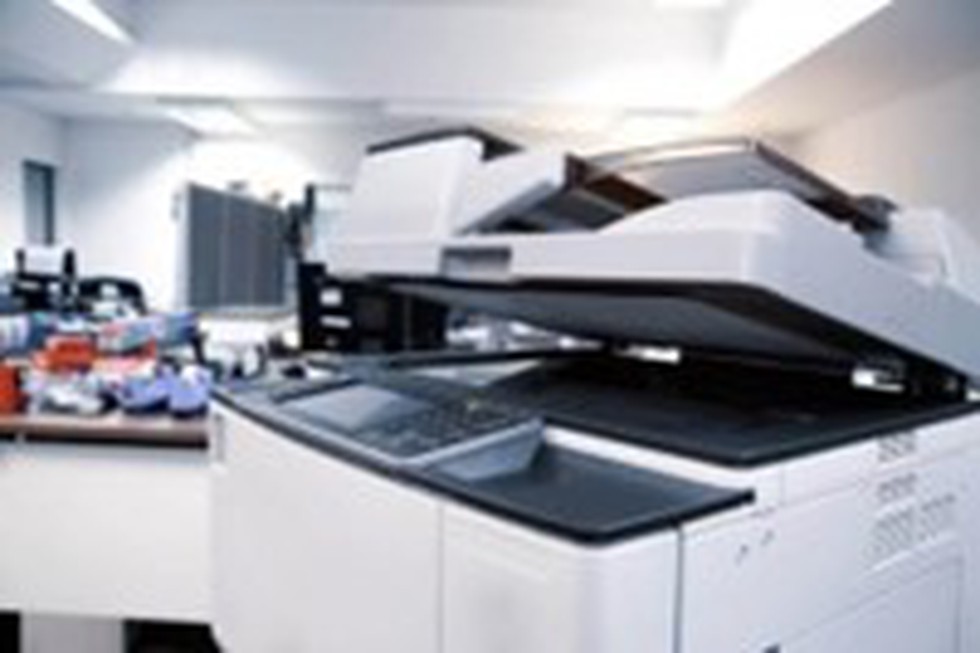About Photocopying:
- It is a set of techniques with which to duplicate some content using, among other things, light. However, the contemporary colloquial use of the word ‘photocopying’ refers almost exclusively to xerography.
- Both the word ‘xerography’ and the name ‘Xerox’ come from the Greek root-word ‘xero’, meaning ‘dry’.
- This is because xerography is a type of photocopying method whose process doesn’t involve messy liquid chemicals.
- Xerographic machines are in ubiquitous use around the world today to quickly and cheaply reproduce printed material.
How does xerography work?
- Xerography has a few basic elements.
- Photoconductive surface: A surface coated with a photoconductive material. Such a material, when exposed to light, allows electrons to flow through it (i.e.,. conducts electricity) but blocks them when it’s dark.
- This surface is negatively charged by placing a thin, negatively charged wire with a high voltage next to it.
- Then, the sheet of paper to be copied is illuminated with a bright light. The darker parts of the paper – where something is printed, i.e. – don’t reflect the light whereas the unmarked parts do.
- This reflected light is carried by lenses and mirrors to fall on the photoconductive surface.
- In the parts of the surface where light falls, the photoconductive material will become conductive and allow the electrons near its surface to dissipate downwards (into a grounding).
- So the parts that remain negatively charged at the end of this step will correspond to parts of the paper-to-be-copied (TBC) where something was printed.
- Next, a powdery substance called toner is applied to the surface.
- The toner is positively charged, so it will settle where negative charge persists on the surface.
- The surface then transfers the pattern of toner on it to a sheet of paper. The paper has a stronger negative charge that causes the toner to jump.
- Finally, the toner is heated so that it melts and fuses with the paper. This is the paper that rolls out of the photocopying machine, the whole process having been completed in a few seconds.
- In practice, a rotating drum is used instead of a flat surface, and the paper TBC is illuminated by a flashing or stroboscopic light or a moving scanner.
